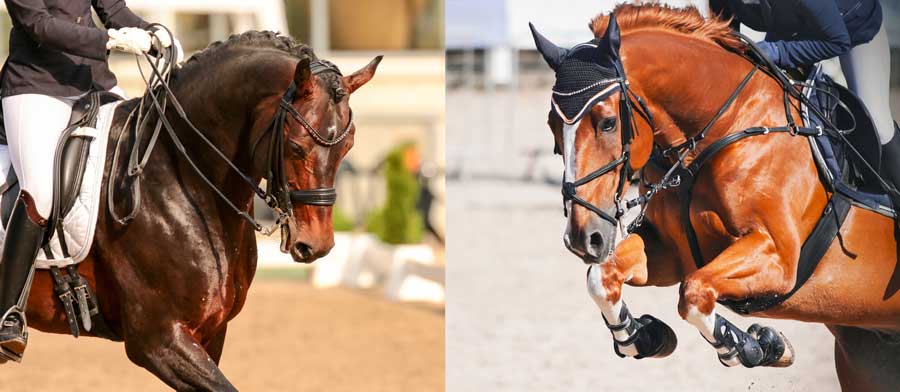
Have you ever been in a boarding situation where you loved everything except the arena? Maybe the footing is too deep, or too hard, or too dusty. It’s not a situation you’re likely to stay in for very long. If the arena makes you dread riding, or injures your horse, you’re not likely to stay at that barn.
We all want a great arena with perfect footing that provides stability, energy absorption, and return as well as allowing the horse to move confidently and efficiently. But there is not just one formula for “great arena footing.” What constitutes great footing actually varies from one situation to another.
There are many factors to consider when thinking about footing: How much traffic will there be? How big is your horse? How does he travel? Will the ground ever freeze, or is the baking sun more of a concern? Is it indoors out outdoors? Are you buying new footing or improving what’s already there?
Every one of these variables affects your footing decisions, and your footing decisions affect your horse’s soundness and performance.
But there’s one more thing to consider: Your riding discipline.
People often say they need their arena to work for everything, for every rider, and for every situation. That’s not entirely possible. You have to plan towards what you’ll do with your arena most of the time.
You can achieve variations through arena grooming. For example, you can firm up your surface through rolling and watering; you can loosen it through harrowing or dragging.
But start with the footing that’s right for the way you ride.
Dressage
Dressage horses need a fair amount of grip and stability so that the horse feels confident to land squarely and keep his haunches underneath him when executing intricate movements; yet, the surface needs a bit of give and rebound. The footing must not be too deep because a loose, deep surface inhibits a dressage horse from maintaining impulsion.
Jumping
Jumping is highly demanding on arena footing. The more force exerted on your arena surface, the more supportive your footing needs to be. The surface needs to be firm enough to support takeoff and give the hooves something to push against; but, at landing, the surface has to be cushioned and move enough to avoid concussion. Horses have to feel confident that they won’t slip on takeoff, landing, or sharp turns.
Barrel Racing and Reining
Reining horses sit back on their haunches and slide into a stop with sand flying up from their hooves, often obscuring the rider’s legs in a cloud of dust. A barrel horse explodes through a turn, spraying the barrel with sand. Clearly, these riders prefer loose footing that allows their horse a precise amount of slide—slick footing would be disastrous! As would a tight grippy surface. The horse has to find the right traction come out of the slide safely.
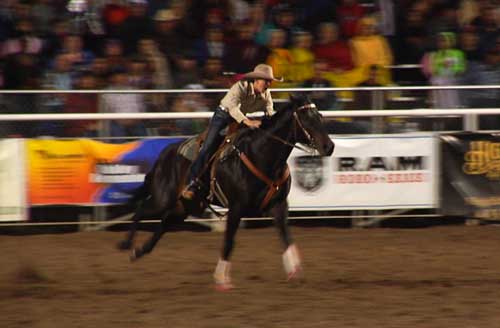
Other Factors to Consider

High Traffic Areas
Special consideration is needed in any high traffic area—whether around barrels, along the rail, down the center line, across diagonals, or in front of jumps—to prevent compaction, divots, and ruts.
Speed
The hoof impact of a 1,400-pound thoroughbred hurtling down the track at nearly 45 miles per hour is intense. This horse requires a surface with a significant amount of slide and cushion.
As in all riding situations, the footing affects the performance. A dirt track, which is traditional in the United States, provides little shock absorption. A turf track, which is traditional in Europe, is easier on the horse’s body as the deep grass cushions the stride and prevents shooting dirt clods from striking the horse in the face. Also, race times tend to be a little slower because of traction from the grass. The number of equine track fatalities has decreased as dirt tracks have been replaced with synthetic tracks.
Competition arenas aren’t like home arenas
You might love the feel of a competition arena and wish to mimic that feeling exactly in your home arena; but this is a mistake. The surface of a competition venue has to stay consistent for every ride, enduring as many as 500 horses per day. For this reason, competition arenas require a lot of stability, grip, and traction.
The qualities of your everyday arena surface need to be more giving to reduce the wear and tear on your horse. This is achieved through specific sand and footing products, maintenance, and moisture.
Conclusion
An investment in your arena footing is an investment in your horse’s performance and soundness.
You cannot go to a construction company or a quarry and say, “I want sand for arena footing,” and expect them to suddenly understand hoof biomechanics and the specifics of your riding discipline. At Premier Equestrian, we do. We can design, engineer and supply the arena you’ve always dreamed of, one that is right for your horse and your riding discipline.
Premier Equestrian offers free consultations and performs detailed sand analysis reports so you can get the ideal riding surface for your lifestyle, your riding discipline, and your horse.
With all the things that can go wrong with horses, don’t let footing be one of them.
Call us today at 800-611-6109!
ALL CONTENT COPYRIGHT 2020 PREMIER EQUESTRIAN

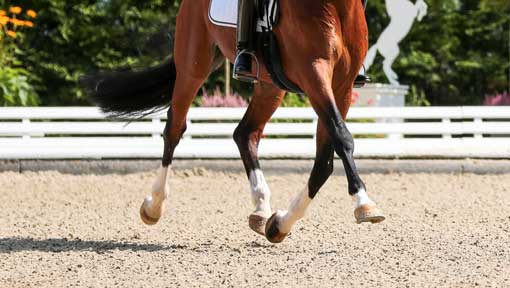
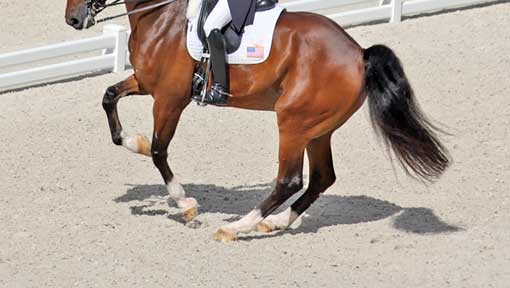
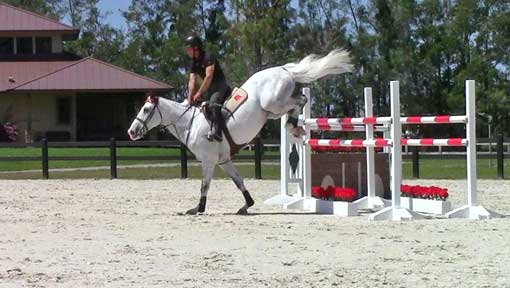
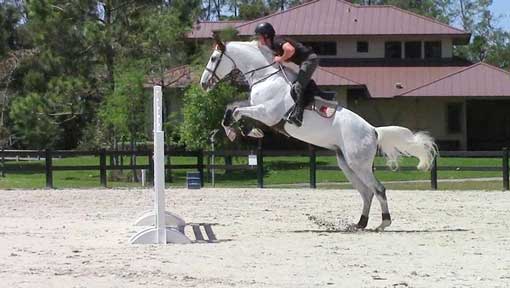
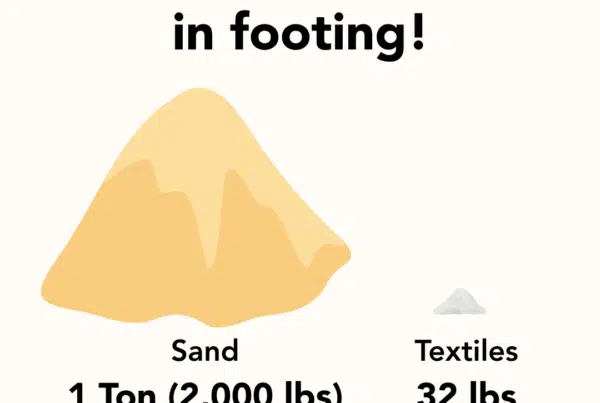
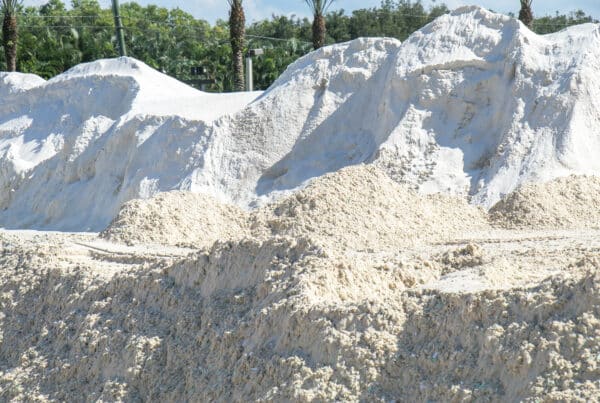
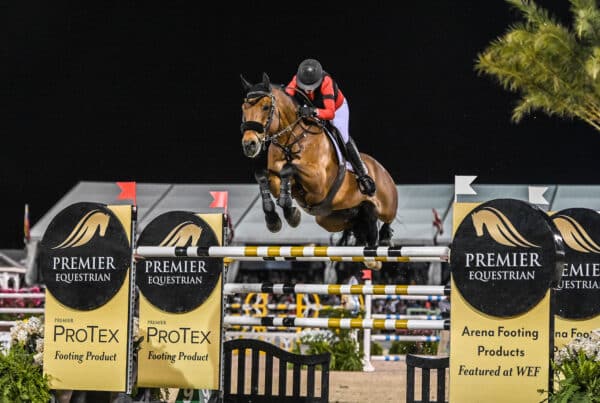

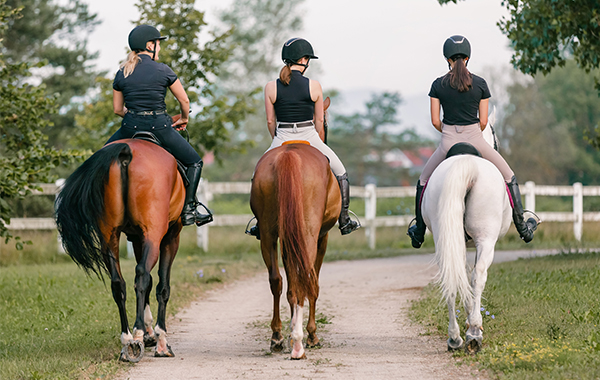
Shredded textile that is made from synthetic polyester allows it to have resistance to high heat and bright sun. To use, the textile is mixed into arena sand, ultimately helping increase stabilization, shock absorption, and moisture retention. Learn more about Premier footing textiles at https://premierequestrian.com/horse-arena-footing/products/protex/